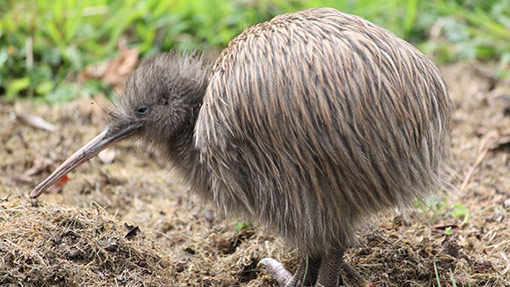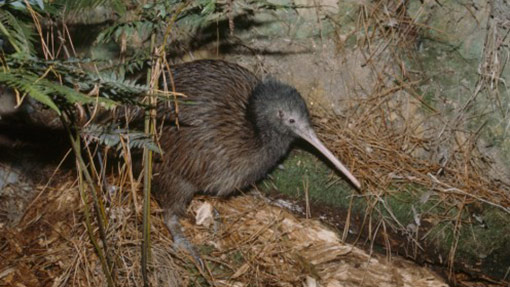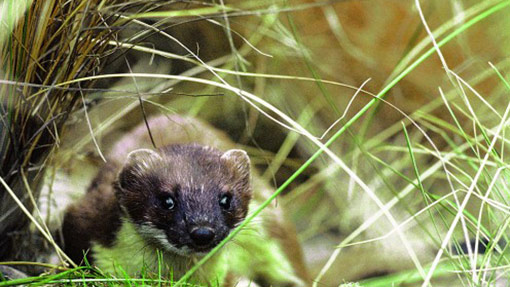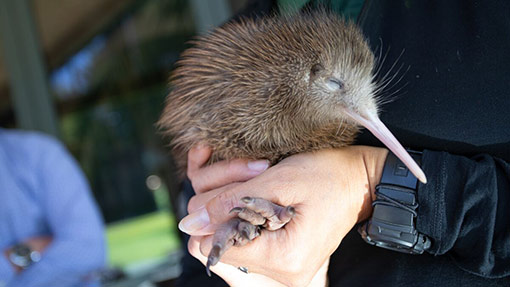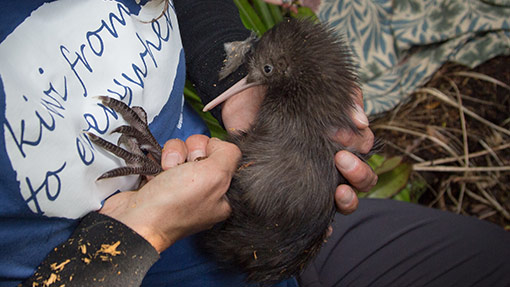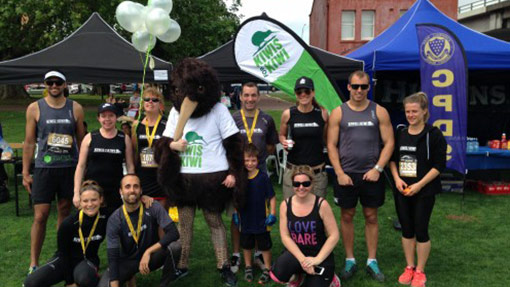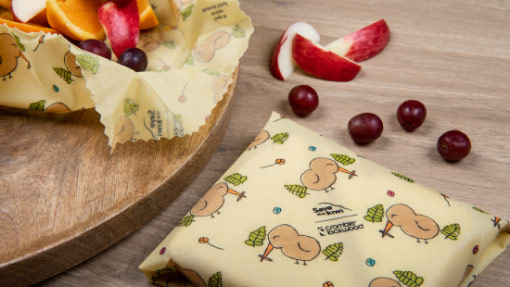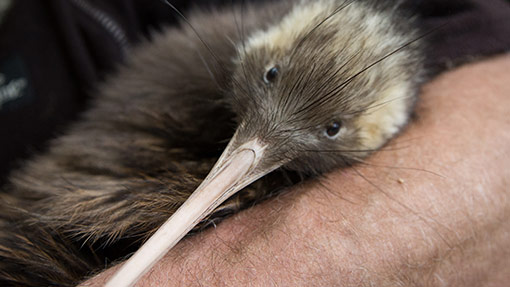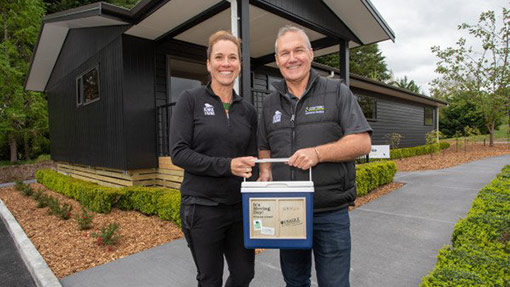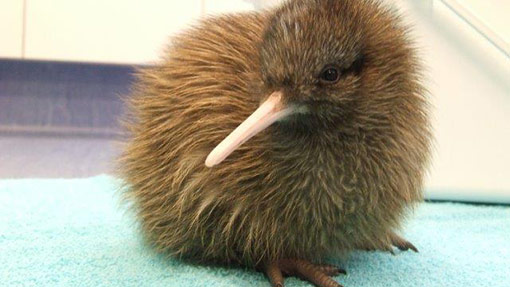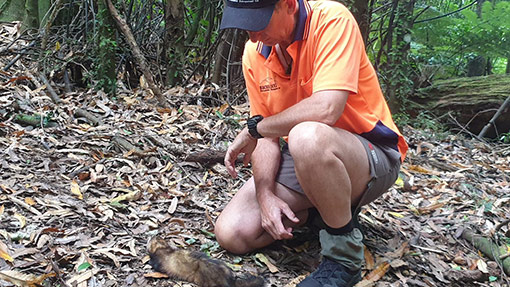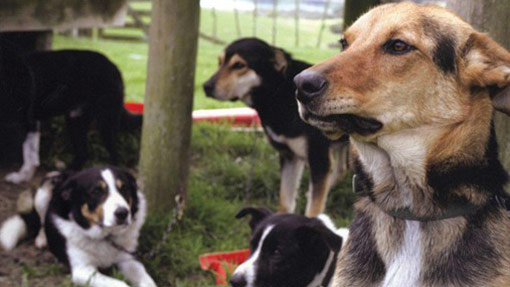Kōhanga Kiwi
Supercharging the kiwi population one bird at a time.
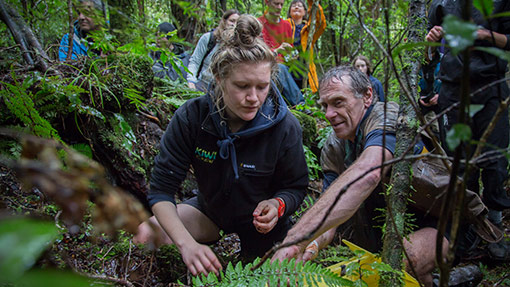
Kōhanga Kiwi is a world-leading kiwi repopulation strategy driven by Save the Kiwi that aims to supercharge the national kiwi population by 2% annually. We work in partnership with whānau, hapū, iwi, the Department of Conservation Te Papa Atawhai, landowners, kiwi conservation projects and groups, organisations, and everyday people who are passionate about saving our national icon.
Kōhanga Kiwi works hand in hand with Operation Nest Egg, the national strategy to manage kiwi populations all over New Zealand, but it takes that population growth one step further. Kōhanga Kiwi works to increase kiwi population growth by taking kiwi eggs out of the wild, incubating, hatching, and raising them in captivity, then releasing them into predator-free kōhanga sites where they’ll live the rest of their days finding a mate, breeding, and generally living their best life without fear of predators.
Eventually, when these kōhanga sites have reached capacity, the offspring of the original founder population will be either returned to the regions where their ancestors came from or used to bolster existing populations or create new ones.
Stage 1: Stocking kōhanga
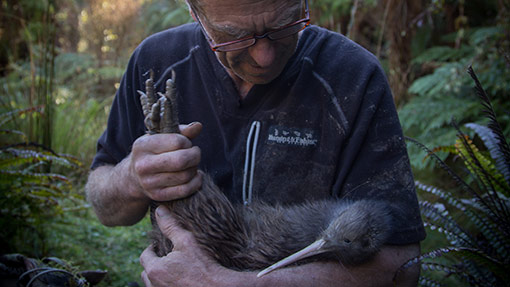
Step 1: Catching wild kiwi
The first step is to find wild kiwi and attach transmitters.
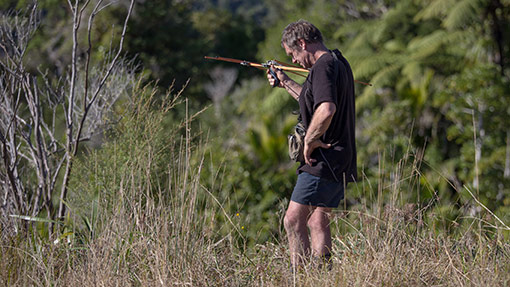
Step 2: Monitoring kiwi
Next, we monitor the kiwi to determine when they have laid eggs.
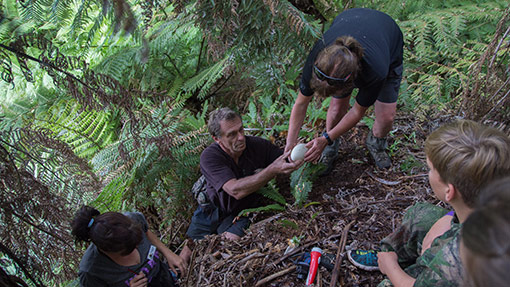
Step 3: Lifting the eggs
We lift eggs from the nest and take the to a secure hatching facility.
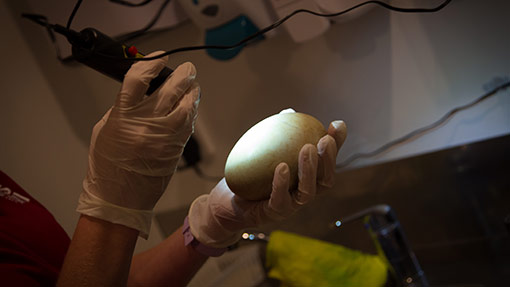
Step 4: Incubating & hatching the eggs
The egg is incubated, and the chick hatches and is monitored until it can feed independently.
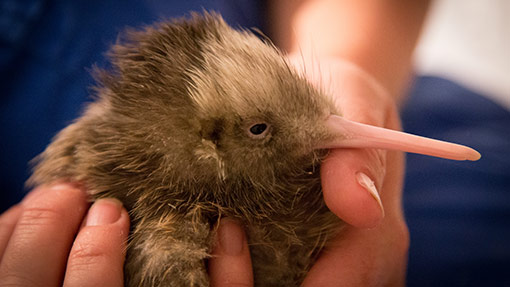
Step 5: Relocating chicks to kōhanga sites
Chicks are given a new home at a secure kōhanga site where they’ll become part of the founder population.
Stage 2: Returning kiwi to the wild
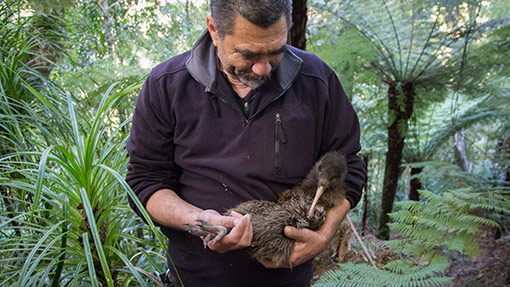
Step 1: Establishing a permanent population
Chicks grow up, creating the founder population for the kōhanga.
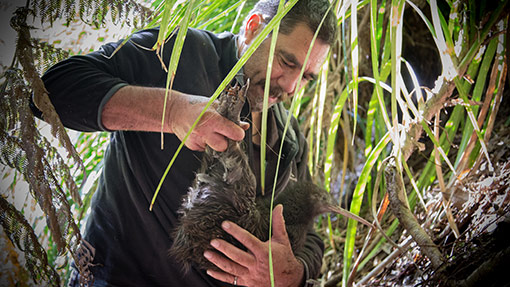
Step 2: Translocating kiwi back to the wild
Juvenile offspring of the founder population are relocated back to the wild.
The regions
Kōhanga Kiwi focuses on the North Island brown kiwi. There are four types, or taxa, of North Island brown kiwi. Although they are all the same species, regional variations have evolved because of geographic isolation, and the different taxa have separate management plans within the Kōhanga Kiwi strategy.
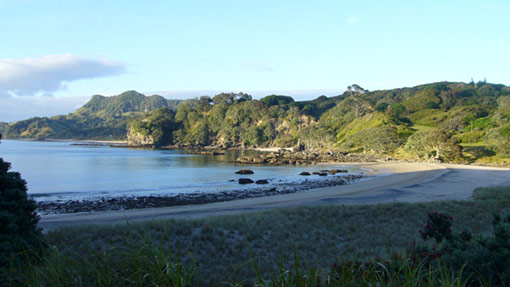
Coromandel
The Coromandel Peninsula is where the first community-led kiwi conservation project was started in New Zealand and Save the Kiwi has been a close partner of many of the groups in that region for many years. The colossal effort of the community has proven that intensive pest and predator control programmes, coupled with the strategic use of Operation Nest Egg, are effective in starting to build up kiwi numbers.
The Coromandel kōhanga is Motutapu Island in Auckland’s Hauraki Gulf. The island has the capacity to hold several hundred birds. Our target is to release enough chicks onto the island to reach capacity and begin translocating juvenile birds by 2022. We aim for the Coromandel population to be 3,100 kiwi by 2030.
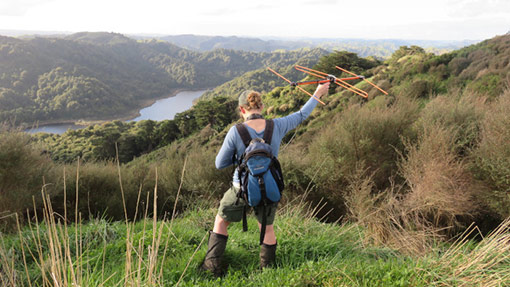
Western
The western region is a large region, with around 7,500 kiwi dispersed throughout it. The wide dispersal creates a challenge so engaging with a wide range of landowners and community groups is essential.
Where the region does have a particular advantage is in its kōhanga: Sanctuary Mountain Maungatautari. This is one of the largest predator-proof fenced projects in the world and has the capacity to be home to around 680 pairs of kiwi which provides a significant founder population growth opportunity. Using this as the source for juvenile kiwi to return to the wild, we aim to have increased the kiwi population in the western region to 9,400 by 2030.
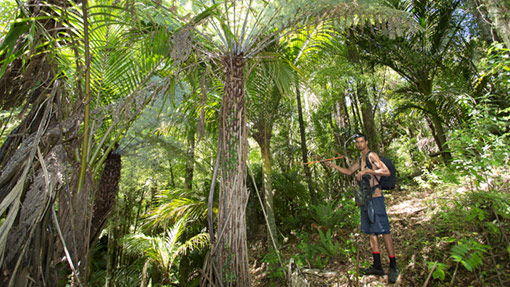
Eastern
The Eastern region for North Island brown kiwi stretches from the northern Bay of Plenty to the Central Plateau, across to the East Cape and down to southern Hawkes Bay. There are an estimated 7,150 kiwi in the region, but the population is declining most rapidly here. Scaling up the use of Operation Nest Egg is crucial to ensure the future of kiwi in the region and priorities include the establishment of more kōhanga and increasing capacity at brooding facilities. The target population in 2030 is 9,000 birds.
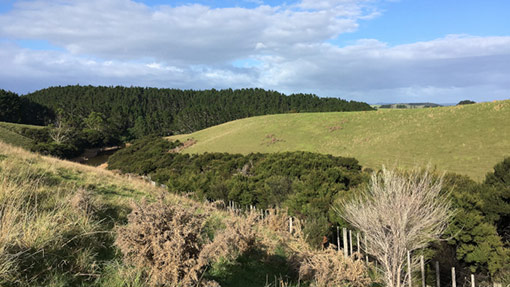
Northland
Northland is currently home to the largest population of North Island brown kiwi. Community- and Māori-led kiwi conservation groups are once again highly active in protecting kiwi habitat in the region, but one of the main challenges is the management of dogs, which are an adult kiwi’s biggest threat.
Operation Nest Egg has not been widely used with Northland brown kiwi to date so there are currently no suitable established kōhanga available for use as part of the Kōhanga Kiwi strategy. However, there are features of Northland’s landscape including a number of peninsulas which provide opportunities for the creation of predator-free zones. Our target is to grow the kiwi population in Northland to 10,400 birds by 2030.
In the beginning
For over 20 years, Save the Kiwi has worked with hapū, iwi and community-led kiwi conservation groups to protect kiwi and create safe habitat for them. When we started, kiwi numbers were estimated to be declining at about 4% per year and we were in danger of losing our national icon within our lifetime. Using the expertise and resources that have been built up, we have shifted the focus from just halting the decline of kiwi to increasing their numbers by using an extended version of Operation Nest Egg: our Kōhanga Kiwi strategy.
The Kōhanga Kiwi strategy is based on more than 20 years of kiwi conservation work, scientific expertise, and the availability of an incredible network of community- and Māori-led kiwi conservation groups. The strategy has been developed in consultation with partners such as DOC, hapū, iwi, the Kiwi Recovery Group, kaimahi kiwi, and kiwi scientists and experts. To harness the strength of our relationships with community-led kiwi conservation, Kōhanga Kiwi concentrates on North Island brown kiwi.
Gifting or translocation of taonga such as kiwi is not new and has been practiced by tangata whenua for generations. Tikanga Māori guides the way gifting and receiving of taonga takes place, ensuring a lasting connection between people and the safety of the taonga. The whakapapa connections between hapū iwi and the practices developed over generations are a strong foundation upon which the kōhanga strategy rests.
DOC is a key partner in the goal to increase kiwi numbers by 2% per year across all species. While Save the Kiwi focuses predominantly on working with the community and North Island brown kiwi, DOC works on landscape-scale projects, which also support the growth of other species. We also work with DOC to implement best practice when working with kiwi.
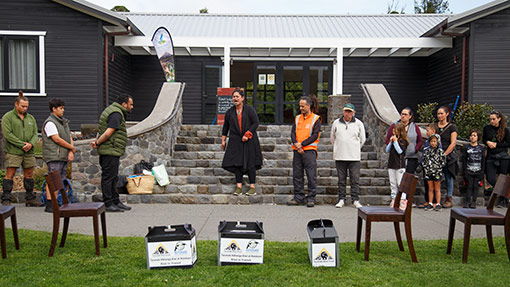
Photo credit: Jenny Feaver
The Kōhanga Kiwi strategy is based on more than 20 years of kiwi conservation work, scientific expertise, and the availability of an incredible network of community- and Māori-led kiwi conservation groups.
We also work with around 200 community- and Māori-led kiwi conservation groups all over New Zealand. They are run mostly by volunteers who dedicate thousands of hours every year to keeping our native species safe. The contribution of these volunteers should not be underestimated – without them, kiwi would be in a significantly worse situation. These groups are making sure that we have thousands of hectares of safe habitat for kiwi to live in.
We can’t forget the businesses and individuals who support Kōhanga Kiwi financially too. We’ve come a long way in the past 20 years but we have to keep going to continue to keep kiwi safe and ensure they survive for generations to come. This is only possible with the help of generous donors from all walks of life, and all corners of the world.
How we’re tracking
Thanks to the dedication and commitment of thousands of volunteers and the generosity of thousands of donors, kiwi have almost reached a turning point. The rate of decline has reduced and in some heavily managed areas, numbers are even increasing.
But although there have been significant wins for kiwi, they’re not out of danger yet. Their future relies on the continued intensive management of habitat and breeding programmes. If we were to stop what we are doing now, their numbers would likely swiftly decline as predator numbers increased.
Kōhanga sites are progressing well. Work is underway to prepare for the future translocation of kiwi out of kōhanga sites and into the wild where they will bolster existing populations or create new ones. Plans are also underway to increase the number of kōhanga sites in key regions where kiwi need more help.
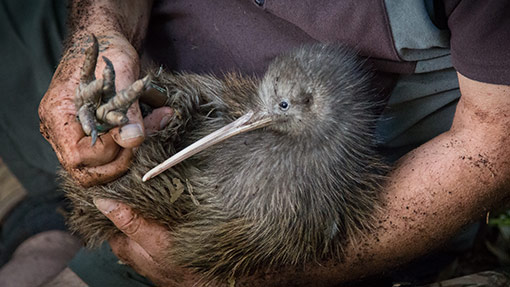
Advocacy
We’re all in this together. Save the Kiwi works to raise awareness about the plight of the kiwi and what is being done to help via social media, regular newsletters, and media publicity. (Photo credit: Jenny Feaver)
Predator control
Stoats, ferrets, rats, dogs, and other predators are the greatest risk to the kiwi population. Find out more about predators, the harm they cause to our native taonga, and what we can do to help.
Kiwi avoidance training
Dogs are the biggest threat to adult kiwi. Learn about a method that can successfully teach dogs how to avoid kiwi when they come across them in the wild.
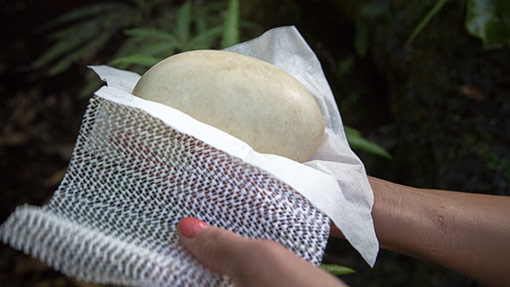
Operation Nest Egg
Operation Nest Egg is a national kiwi breeding programme which grows kiwi numbers much faster than they could in the wild. Find out more about what and who is involved. (Photo credit: Jenny Feaver)
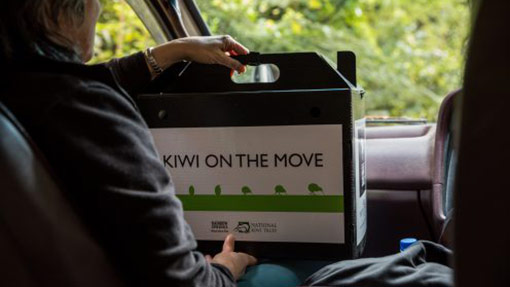
Kōhanga Kiwi
Kōhanga Kiwi is a ground-breaking strategy that both preserves current numbers of kiwi and increases them. Learn about this world-leading conservation initiative.
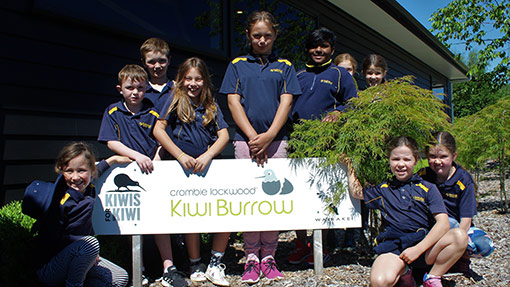
Gallagher Kiwi Burrow
The Gallagher Kiwi Burrow (formerly known as the Crombie Lockwood Kiwi Burrow) is Save the Kiwi’s kiwi incubation, hatching, and brooding facility. Learn about the facility and the chicks that temporarily call this facility home.
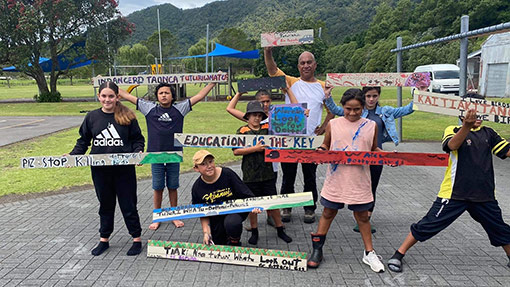
Whānau, hapū, iwi & kiwi
Kaitiakitanga is integral to the spiritual, cultural, and social life of tangata whenua. Find out how Save the Kiwi is committed to supporting Māori leadership in kiwi and wider efforts to restore the health of the whenua.
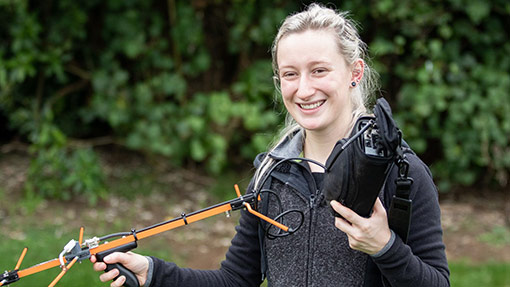
Jobs for Nature
In 2020, Save the Kiwi was awarded Jobs for Nature funding which was redistributed to various kiwi conservation projects. Find out about these projects and the environmental gains they’re seeing. (Photo credit: Jenny Feaver)
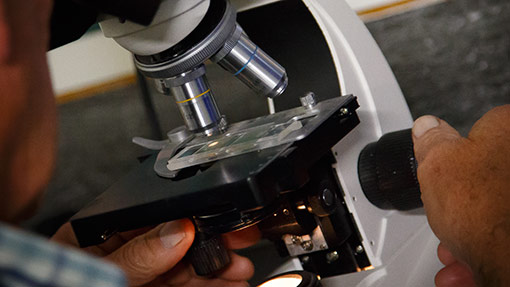
Research
An enormous amount of research about the kiwi population has been undertaken over the years. Learn about the research behind Save the Kiwi’s vision.
